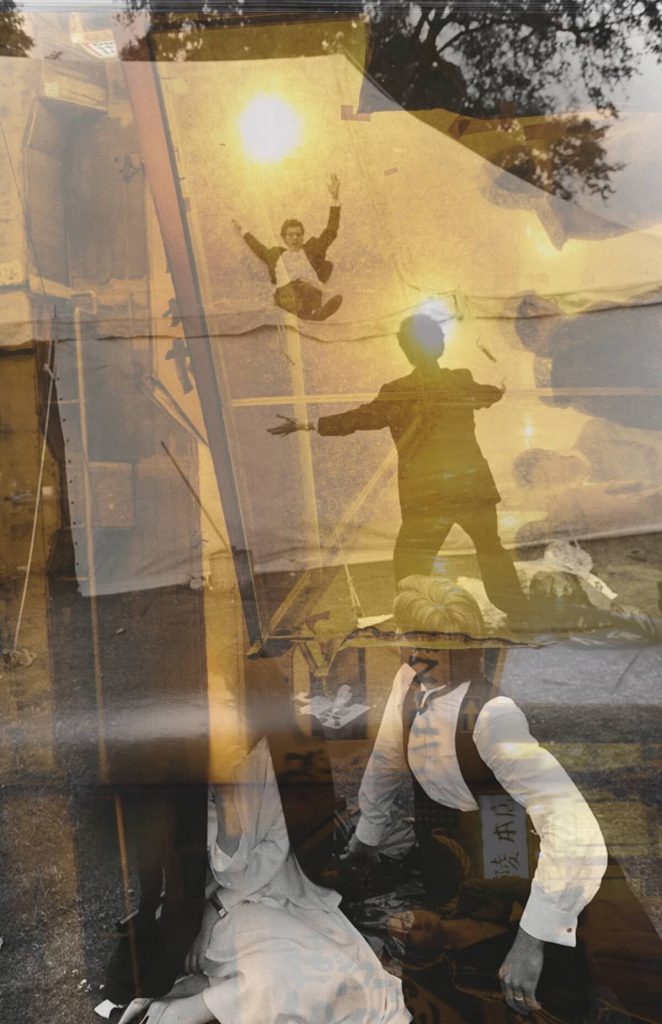
Impact of Fake News on CEE
On February 27, 2020, the Republikon Institute organized the conference Fake News in the Region – The Impact of Fake News on Central and Eastern European Countries, supported by Friedrich Naumann Foundation for Freedom.





